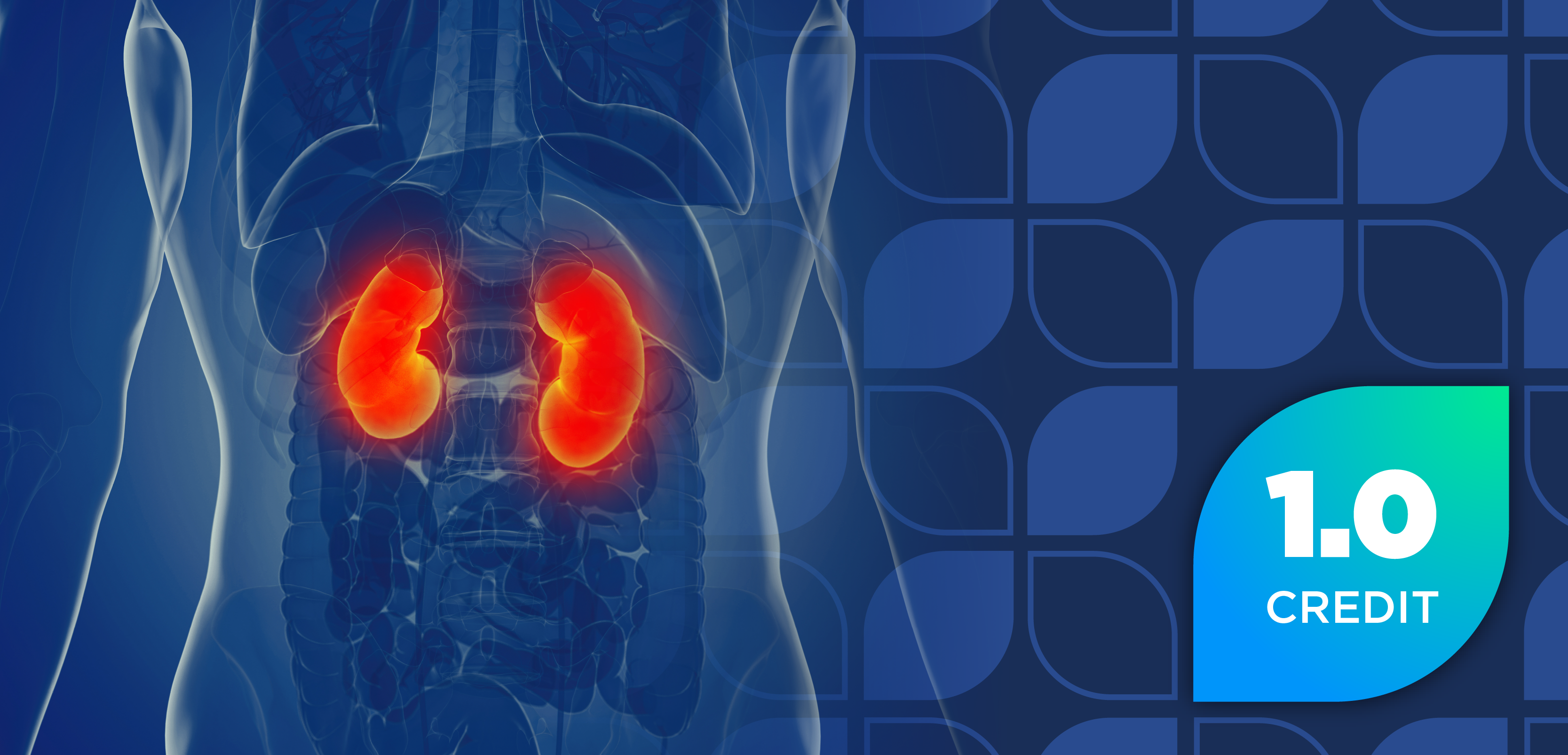
Equivalency of Subcutaneous vs IV Nivolumab and Data From CheckMate67T Breakdown
Panelists discuss how the CheckMate67T trial demonstrated pharmacokinetic noninferiority and comparable efficacy and safety between subcutaneous and IV nivolumab, with subcutaneous administration requiring only 3 to 5 minutes vs 30-minute infusions and showing mild, transient injection site reactions in approximately 8% of patients.
Episodes in this series

Establishing equivalency between subcutaneous and intravenous (IV) formulations requires rigorous clinical trial evaluation focusing on pharmacokinetic parameters, efficacy outcomes, and safety profiles. The CheckMate 67T phase 3 trial demonstrated noninferiority of subcutaneous nivolumab administered with hyaluronidase over 5 minutes compared with standard IV nivolumab in patients with advanced or metastatic clear cell renal cell carcinoma. The study met its primary pharmacokinetic end points, with the geometric mean ratio confidence intervals for serum concentration and steady-state exposure exceeding the predefined threshold of 0.8, confirming comparable drug exposure between formulations.
Efficacy data from CheckMate 67T showed numerically similar or favorable results for subcutaneous administration, with overall response rates of 24% for subcutaneous vs 18% for IV nivolumab. Disease control rates, progression-free survival, and overall survival demonstrated comparable outcomes between treatment arms, providing reassurance to patients questioning whether injection therapy would work as effectively as their previous IV treatment. These findings supported FDA approval of subcutaneous nivolumab for all monotherapy indications and maintenance therapy following nivolumab-ipilimumab combination, though not for concurrent combination with ipilimumab. The recommended dosing varies by schedule: 1200 mg with 20,000 units hyaluronidase every 4 weeks, 900 mg with 15,000 units every 3 weeks, or 600 mg with 10,000 units every 2 weeks.
Safety profiles between subcutaneous and IV formulations proved comparable, with no new safety signals identified beyond expected immune-mediated adverse reactions. Injection site reactions occurred in approximately 8% of patients receiving subcutaneous administration but remained predominantly mild, manageable, and transient, typically resolving within hours. Grade 3 and 4 adverse events appeared minimal and comparable to those of IV administration, with common low-grade reactions including fatigue, nausea, vomiting, and rash. These safety data provide reassurance for health care providers and reduce patient anxiety when transitioning from familiar IV therapy to subcutaneous administration.
Newsletter
Stay informed on drug updates, treatment guidelines, and pharmacy practice trends—subscribe to Pharmacy Times for weekly clinical insights.























































































































































































































